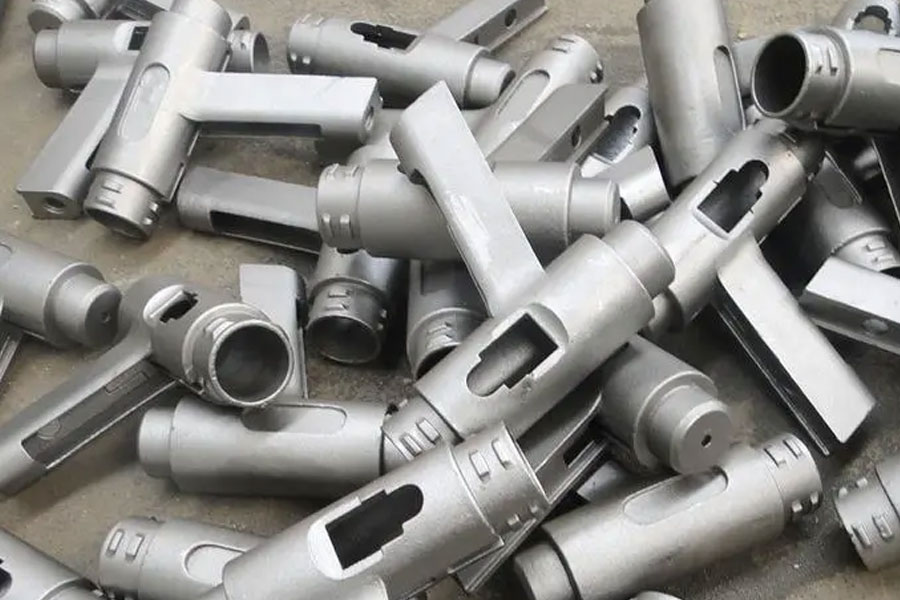The steel castings discussed by the American Society for Metals Steel Casting Jury are divided into four broad groups based on carbon content. (a) low carbon steel castings with a carbon content of less than 0.2%, (b) medium carbon steel castings with a carbon content of 0.2-0.5%, (c) high carbon steel castings with a carbon content of more than 0.5%, (d) Low alloy steel castings are limited to steel castings of various grades with a total alloy content of less than 8%. At present, my country’s steel castings have surpassed the United States to become the first in the world. Although the output is large, the added value of castings is relatively low, while developed countries such as the United States have adopted high-tech to increase the added value of castings. American steel castings have two major performance characteristics: engineering properties and physical properties.
Engineering Properties:
Wear resistance of cast steel is similar to that of forged steel of similar composition and morphology.
The corrosion resistance of cast steel is similar to that of forged steel of comparable composition. Published corrosion resistance data for wrought carbon and low alloy steels in various tempers are available for cast steels.
Heat resistance When the temperature is higher than 480-540 ℃, carbon steel and low alloy steel oxidize rapidly, and the formed oxide scale cannot protect the metal under the oxide scale from further oxidation. If these steels are exposed to such high temperatures for a long time, they will gradually become oxides. In order to effectively combat oxidation phenomena at high temperatures, high-alloy steels must be used.
Welding performance The welding performance of steel castings is similar to that of forged steels of the same composition, and the factors considered for welding steel castings are the same as forgings.
Machinability Extensive turning and drilling testing of steel castings has shown that, as long as the strength, hardness and microstructure are comparable, the machinability of steels produced by different melting processes is not significantly different, and that forged and cast steels do not differ significantly in their machinability. There is also no major difference in machinability between steels.
Physical properties:
The physical properties of cast steel are generally similar to those of forged steel.
The solid-state shrinkage varies from 6.9 to 7.4 with the volume change from the solidus to room temperature, and the alloying elements have no significant effect on this shrinkage. Metal just after solidification has very low strength. The rigidity of the mold allows the shape of the casting to be well adapted to this shrinkage condition for successful production of the casting. Due to shrinkage, many casting designs require extensive research to produce acceptable castings.
The density of density cast steel is very sensitive to changes in composition, structure and temperature. The density of cast steel is also somewhat affected by the size or quality of the section.
Changes in elastic modulus composition and structure have only a small effect on the elastic constants of carbon and low alloy steels determined at room temperature. Elevated temperature has a significant effect on the modulus of elasticity and stiffness.
In developed countries, more and more foundry industries have begun to move towards high-tech production and continuously improve the added value of casting products. However, my country needs to move from a large foundry country to a powerful foundry country, and it is necessary to continuously strengthen basic and applied research in the foundry industry. Overcome real energy, resource, talent bottlenecks and environmental problems. Seize the opportunity to improve casting quality.

